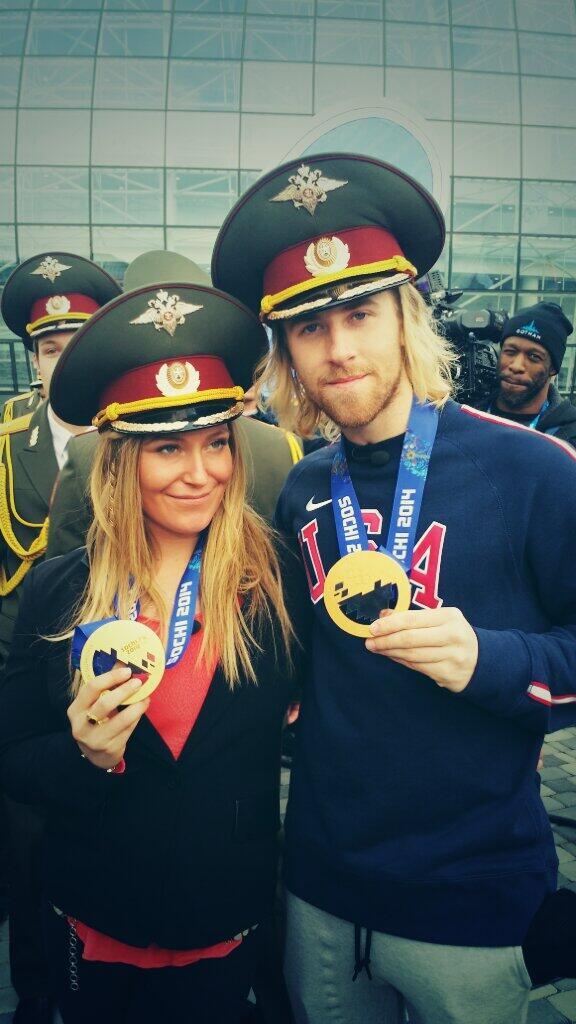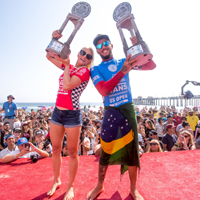
By now, the world’s heard that Shaun White did not three-peat his gold medal legacy in the Olympic halfpipe event. And for the first time, the men’s Team USA did not medal in the pipe.
But what is going down in snowboarding from the Sochi 2014 Olympics is an illustration of how the sports changing, including new heroes and international attention like never before.
First, with the debut of snowboarding slopestyle, the Olympics were obviously hoping they’d have another youth-oriented sport to capture the attention of a waning demographic that watches the Olympics. The Olympics also added Freeski slopestyle and halpipe events with the same intention of attracting a wider audience. What is also illustrates is just how influential snowboarding has become by first, infusing skiing with a new type of energy and athletes copied from snowboarding, and secondly, providing an aging Olympics with new cool platforms that they hope will give them cred.

All of the attention on snowboarding of course, heaped incredible amounts of attention and expectations on Shaun White, the two-time Olympic gold medalist in the halfipe, and who originally planned to compete in the slopestyle. As he told the Los Angeles Time after coming in 4th in the pipe, “I am disappointed. I hate the fact that I nailed it in practice, but it happens,” he said. “It’s hard to be consistent.”
But as his teammate Danny Davis noted, “I think it’s great the American public and the world now knows that there are other snowboarders besides Shaun White.”
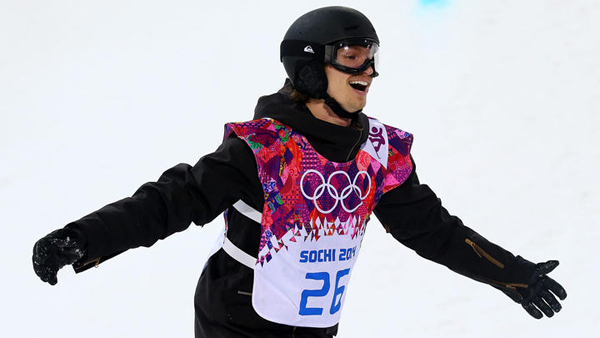
Iouro Podladtchikov, a.k.a. I-Pod, from Switzerland took the gold medal in halfpipe, followed by 15-year-old Japanese phenom Ayumu Hirano for the silver, and Taku Hiraola for the bronze. White came in 4th, having fallen twice in his first run which made his second even more critical. But I-Pod pulled a “Yolo” flip, his own creation, which is a double cork 1440, and was able to hang-on to first place and win the gold.
The real story in this snowboarding-centric Olympics is the break-out performance of Sage Kotsenburg from Park City, UT, for the USA who won the first-ever slopestyle gold and became an immediate sensation on the very first day of the Games. The slopestyle course was filled with controversy from riders, including White, with comments that it wasn’t up to par, not world class, and quite treacherous. Former Olympic gold medalist from Australia, Torah Bright, also agreed that it wasn’t up to world class standards. White took things a step further and decided it wasn’t worth the risk of injury before his hopeful three-peat for a gold in halfpipe.
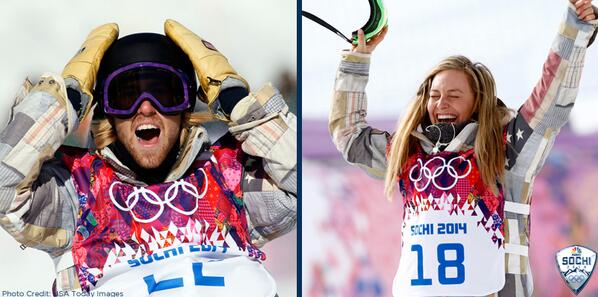
What no one could expect however, was that this controversial slopestyle marked a changing point in for the sport. It all came down to judging. Instead of awarding riders for doing more triple corks like at the X Games or Dew Tour, for example, they rewarded higher based on creativity, style, originality, and flow, which is how Kotsenburg won. Many agree that this shift in judging may just change the face of the sport, bringing it back to its roots where these elements are all a part of the mix. Kotsenburg did go big, stomped a trick that only he does called the Cab Double Cork 1260 Holy Crail grab, and a backside 1620 Japan, but didn’t do one triple cork.
Mark McMorris from Canada did pull his backside triple cork 1440, but won the bronze rather than gold. Stale Sandbech from Norway got the silver, mainly because he saw that the judges were not necessarily scoring high for triple corks and instead, switched up his performance to include an easier trick, the Cab 12, but added his own style with a solid grab. The individuality of this move among others, scored high enough for him to take home the silver.
Jamie Anderson from South Lake Tahoe took home the gold medal for the USA in the women’s slopestyle in another epic run for the women.
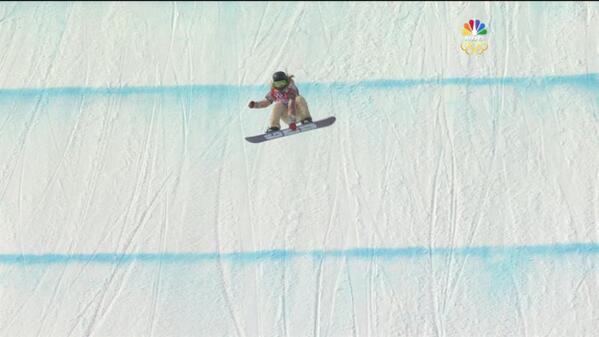
Her smooth, graceful, yet powerful style was by far the best of the day, including a Cab 730 tail grab and an absolutely massive 540.
Finland’s Ennie Rukajarvi took home the silver and Jenny Jones, one of the older competitors, took home the bronze, which is England’s first medal in snowboarding.
Similar to what went down in the men’s slopstyle, the judges were looking for style rather than all-out technical tricks. This was evident when Sina Candrian from Switzerland actually landed the first 1080 for women in snowboarding, but didn’t necessarily score that high.
From then on, the women changed their runs and went back to doing whatever tricks and grabs they did best rather than worrying about stomping the most technical trick in the playbook.
So what’s this mean for snowboarding? Another transition but this time, back to the roots of what the sport is all about: showing one’s style in the face of competition, riding courses in perhaps not ideal conditions, which is far more realistic than having an X-Games-perfect pipe or slopestyle course anyway. And finally, opening up the door to new types of riders that show the world how fun and creative and inspiring snowboarding really can be.
Stay tuned for more from women’s halfpipe at the Sochi Olympic Games posting soon.
